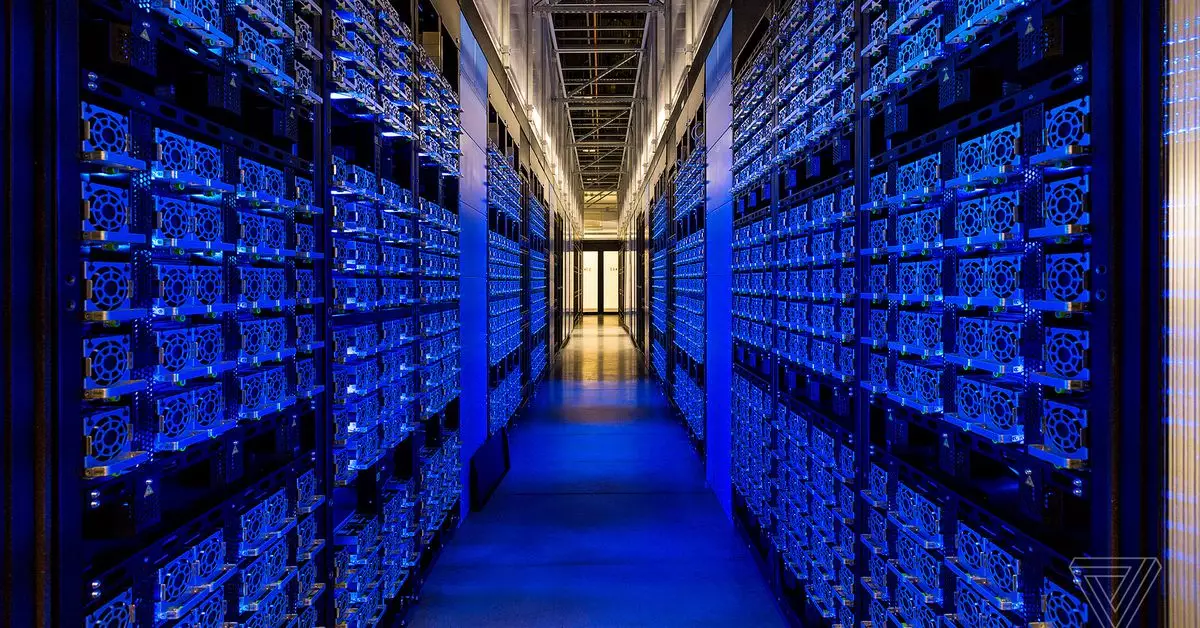In recent times, the discussion surrounding artificial intelligence (AI) has been gaining momentum, with its rapid advancement and widespread adoption becoming inevitable. However, one crucial aspect that deserves attention is how the exponential growth of AI tools is impacting the environment, particularly in terms of the climate. The need to operate AI systems at scale requires the construction of numerous data centers equipped with energy-intensive GPUs, leading to a substantial increase in energy consumption. This raises concerns about the sustainability of such practices and the potential adverse effects on the planet.
When we delve into the issue of AI’s environmental impact, it becomes apparent that the proliferation of AI technology poses a significant challenge in terms of energy consumption. The operation of data centers and the continuous use of power-hungry GPUs demand a substantial amount of electricity, prompting questions about the feasibility and ethical implications of such practices. Not only does this raise practical concerns about the capacity of existing power grids to support the escalating energy requirements of AI, but it also sparks moral objections regarding the potential harm to the environment caused by these energy-intensive operations.
The Role of Tech Giants
Major tech conglomerates like Amazon, Google, and Microsoft have made efforts to address sustainability concerns by setting ambitious targets for clean energy usage in collaboration with governments worldwide. Their aim is to mitigate the adverse effects of climate change and transition to more eco-friendly practices. However, despite these initiatives, the rapid integration of AI technology has led to a surge in emissions, surpassing their environmental targets and exacerbating the situation over time. This trend highlights the challenges faced by such companies in balancing technological innovation with environmental responsibility.
The intersection of AI technology and environmental conservation presents a myriad of complexities and contradictions that underscore the multifaceted nature of the issue. The prevalent use of data centers and high-performance GPUs in various applications, ranging from social media platforms like TikTok and YouTube to online gaming and cryptocurrency mining, illustrates the widespread reliance on energy-intensive computing resources. Evaluating the climate impact of different technologies, such as AI GPUs and gaming hardware, necessitates a comprehensive framework that takes into account their energy efficiency and utilization patterns.
To delve deeper into the intricate relationship between AI technology and climate concerns, I had the opportunity to engage in a discussion with Verge senior science reporter Justine Calma on our show, where we attempted to unravel the complexities surrounding this issue. By examining the implications of AI’s environmental footprint and the challenges posed by rapid technological advancements, we aimed to shed light on potential solutions and strategies for mitigating the impact on the planet. However, the intricate nature of this topic warrants further exploration and dialogue to address the evolving dynamics between AI development and environmental sustainability.
As we navigate the evolving landscape of AI technology and its environmental implications, it is essential to foster collaboration and innovation in developing sustainable practices that minimize the carbon footprint of these advanced systems. By acknowledging the complexities and contradictions inherent in the intersection of AI and climate concerns, we can strive towards a more sustainable and responsible approach to leveraging technology for the betterment of society and the planet as a whole. Let us continue to engage in meaningful discussions and initiatives that promote environmental stewardship and ethical innovation in the era of AI.


Leave a Reply
You must be logged in to post a comment.